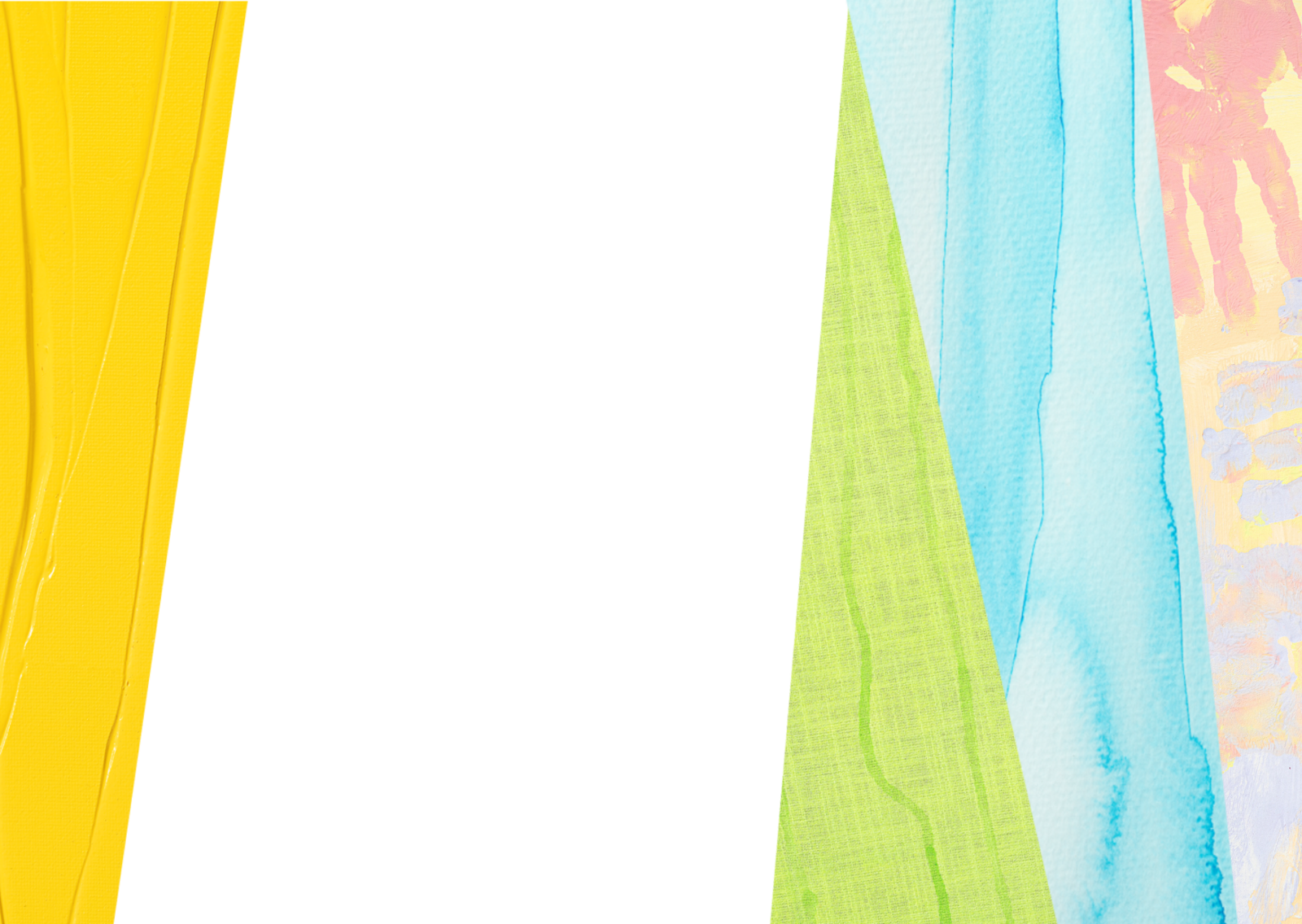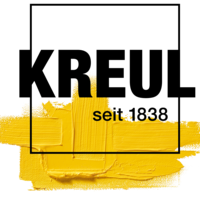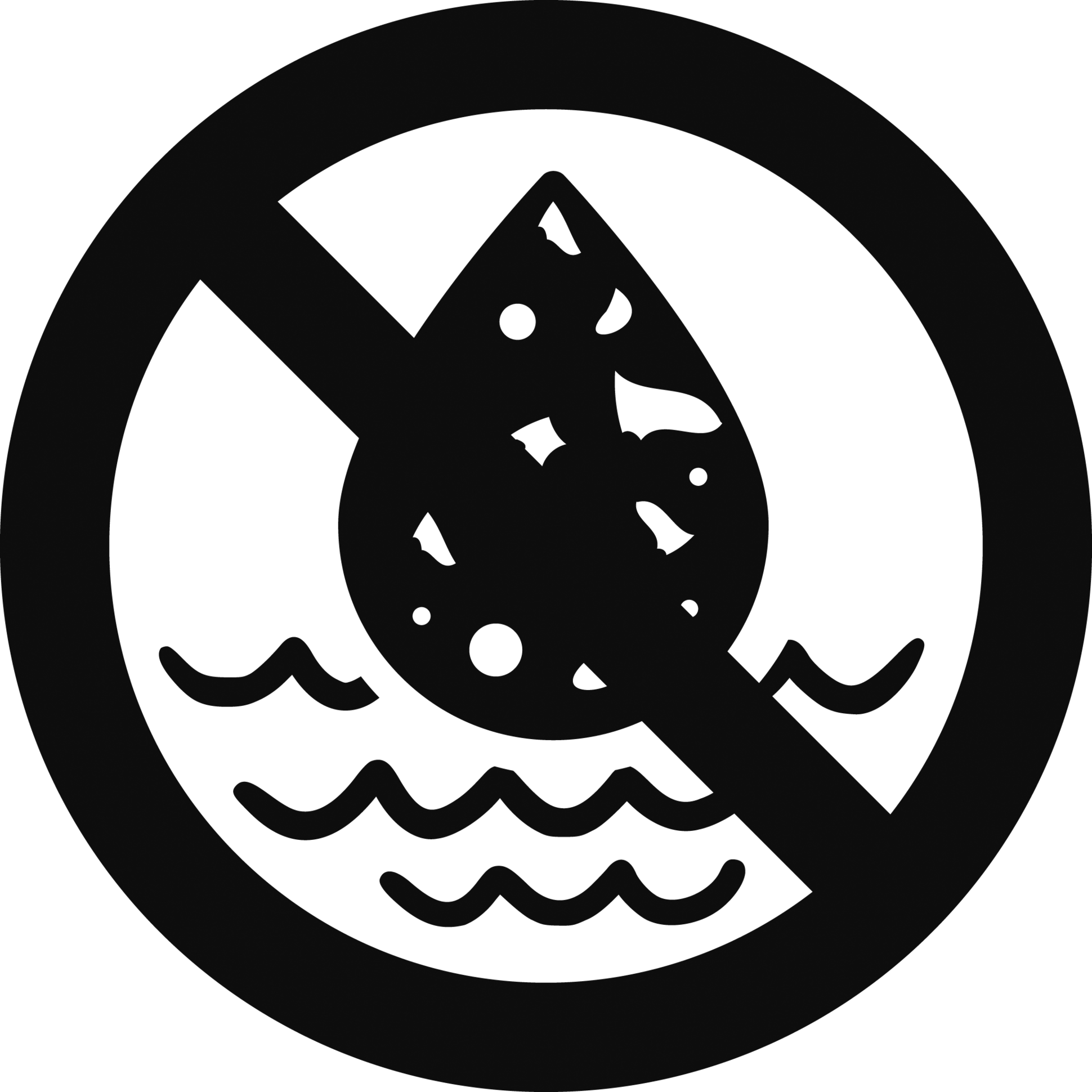Cleaning painting tools when using paints containing microplastics
Fluorescent colors and colors with glitter are affected.
Contain microplastics? Our recommendation for cleaning painting tools
KREUL paints marked with the microplastic pictogram contain microplastics, e.g. in the form of glitter. These microplastic particles are enclosed in a solid film during the drying process and remain permanently on the painting surface. Microplastics become a cause for concern when they enter the water cycle. This is the case when painting tools are cleaned under running water at the sink. To prevent the release of microplastics into the environment, we recommend here how painting tools can be cleaned correctly.
- Brush cleaning: We recommend thoroughly wiping used brushes, palette knives or painting knives on a paper towel. This can be disposed of in the residual waste. Paint residues in the brush hairs can then be removed with water. To do this, fill a container (e.g. empty pickle jar) with a little water and swirl the pre-cleaned brush in it several times. Wipe the brush again with a paper towel. Repeat the process if necessary. Do not empty the paint water down the sink, but keep it and allow it to dry. Use the glass container for further brush cleaning or dispose of it in the waste glass container.
- Larger quantities of water or paint water: Allow the paint water to settle overnight. Pour the clear water into a second glass and use as painting water. Wipe out the paint residue at the bottom with a paper towel and dispose of the towel in the residual waste.
- Small paint roller: Clean as for brushes (see above), but in a small bucket instead of a glass.
- Painting pallets: Wipe plastic and wooden pallets with a paper towel. Put this in the residual waste. First wipe glass and ceramic pallets (or tiles) with a cloth. Remove dried paint residues with a ceramic scraper.



